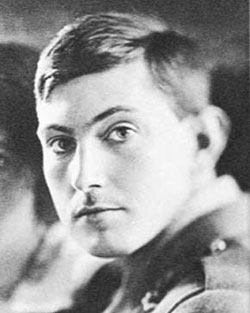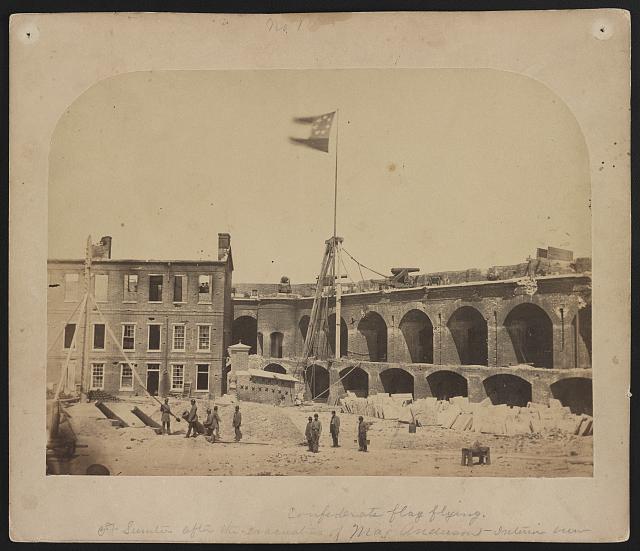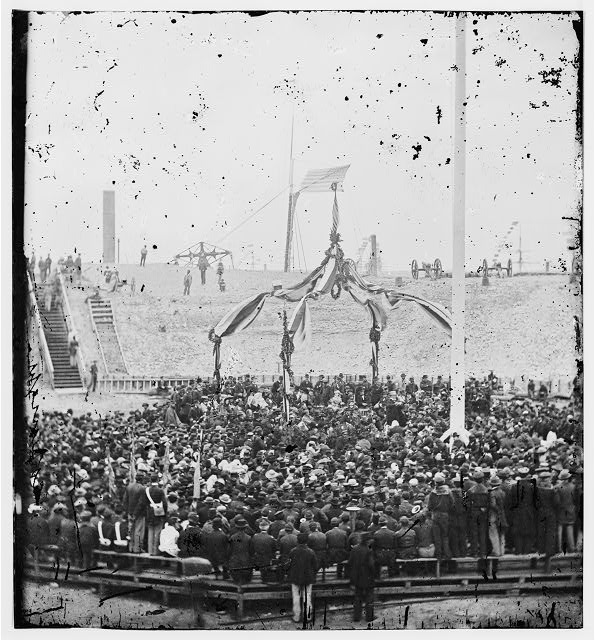
Figure 1 – British climber George Mallory in 1915. Image from the Wikipedia. Put there by МаратД and in the public domain in the United States.
In a world dominated by photomanipulation it is remarkable how the photograph, the image, remains so important as a means of visualization. It is almost as if nothing else matters.
I was troubled this passed week by the World’s tragedies. It seems as if we have more of these terrible events than usual lately. Maybe, that is merely another example of a world where instantaneous media is king. Most recently, we have the ferry accident in South Korea, Malaysia Airlines Flight 370’s disappearance, and the avalanche on Mount Everest – all equally horrible. Among them Flight 370 is unique in that there is no photographic validation and as a result we my even cling to the hope that our worst fears are not realized…
Indeed, as I read the news each day, I hope for resolution, and anticipate validation. Strangely, and in the absence of such validation, we have a preconceived, previsualized concept of what it should or will look like – an airplane shaped sonar echo, a underwater image of the plane like those of the Titanic, or of debris floating on the surface. It is the lack of the latter that is so perplexing and incredible.
Mount Everest and its recent tragedy holds a statling comparison with Malaysia Airlines Flight 370. On June 8, 1924 two climbers from the 1924 British Mount Everest Expedition, George Mallory and his climbing partner Andrew Irvine both disappeared 800 vertical feet from the summit on the North-East ridge during their attempt to make the first successful ascent of the mountain. Mallory was a dashing roaring twenties kind of hero for that generation, and for seventy five years the mountain held its grim secret. All that people could do, as all that we can do, was imagine Mallory lying dead somewhere forever frozen in the ice. On May 1, 1999 his mummified remains – validation is now complete- were discovered by an expedition sent by the National Geographic Society to find the remains of the climbers.
Where the story gets interesting is the question whether Mallory and Irvine actually made it to the summit. Three pieces of evidence suggest that they may have. First there is an odd shaped hole in Mallory’s skull such as might have been caused by his axe, suggesting that he might have been perform what climbers call a “glissade” where you slide down the ice pack slowing himself with his pick axe until it hit a rock, pounced up, and killed him. Second, according to Mallory’s daughter he had planned to leave a photograph of his wife on the summit. This was not found with his body. And third, his snow goggles were found in his pocket suggesting it was evening and that he and Irvine might well have been descending in the dark. These questions raise more imagines pictures in our minds. But these images are ones we will never see. Ultimately, the mountain bears silent witness and hold its secrets.
was wearing were torn off in his fall.



